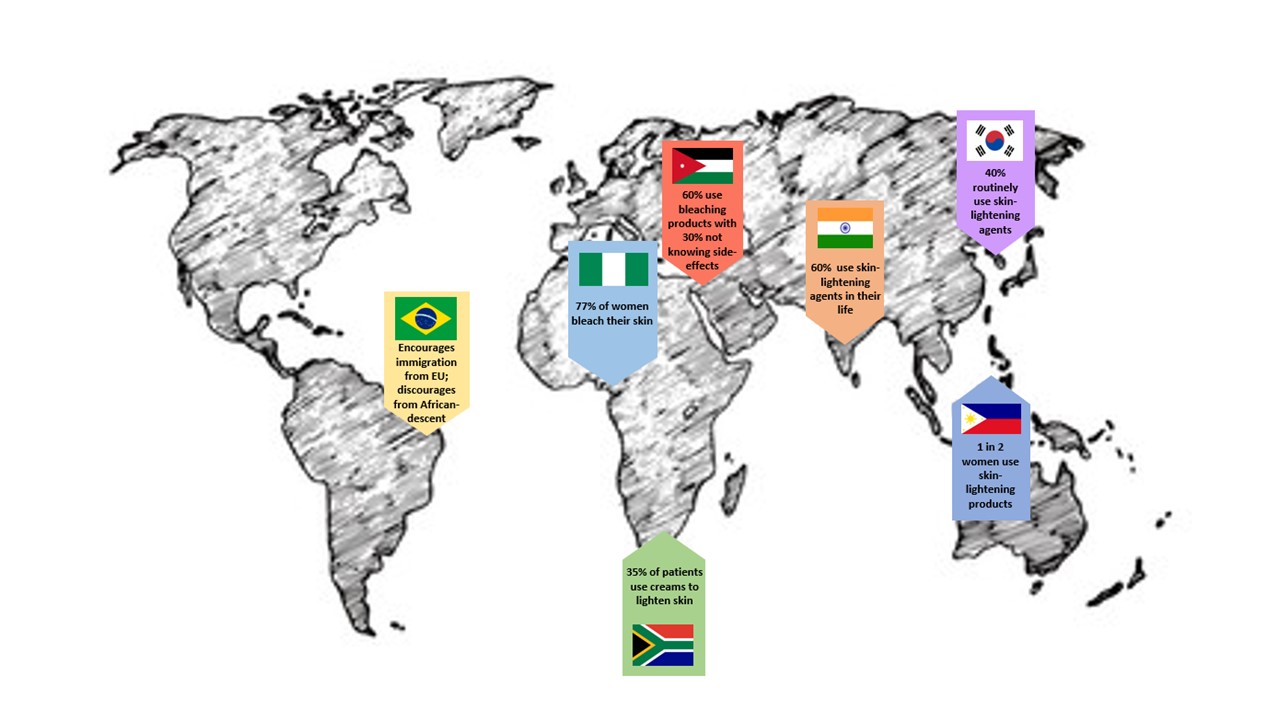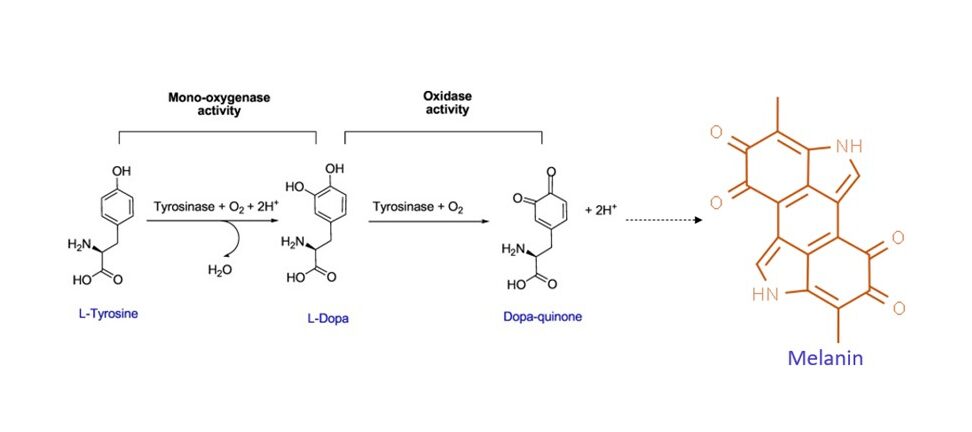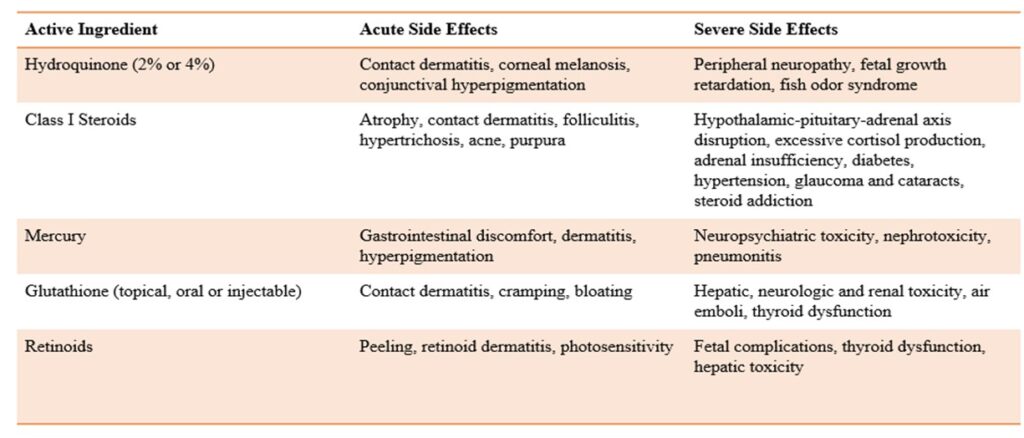Featured Art by author: “Chinita. Mestiza. Morena.”
Chinita. Mestiza. Morena. Growing up in a Filipino household, I learned the meaning and the gravity that these categories of complexion held at a young age. The Philippines was under Spanish rule from 1521- 1898, then colonized by the United States from 1898- 1946, and occupied by Japan from 1941- 1946 before gaining its independence on July 4, 1946. Consequently, its long and complex history of colonization has led to the nation being referred to as a “melting pot” of western and eastern cultures, with Filipinos presenting with various complexions, and a gradient of privileges that correspond to skin tone. Chinita describes Filipino women who appear to have more East Asian features such as smaller eyes, pale skin, and dark bone-straight hair. Mestiza is the term used to describe Filipino women with lighter skin, relatively large eyes, and medium brown hair, appearing to have more European or Spanish physical features. Finally, morena describes Filipino women with dark hair and brown or olive skin. Although the vast majority of Filipinos present with this traditionally tan complexion, the term morena carries a stigma as the Filipino beauty standard is ‘to look less Filipino’.
The bathroom cabinets in my childhood home were filled with bars of Likas papaya soap, Belo Beauty skin whitening creams, and several other products that promised to lighten my complexion. I was discouraged from playing out in the sun for long periods of time during summer, and handed whitening soaps to “scrub off my tan” when I didn’t listen. Although these experiences and sentiments may be unfamiliar or hard to believe to a Western audience that romanticizes bronzed sun-kissed skin, the desire to obtain a lighter complexion is widespread across the globe. As it is not merely a desire to be fair-skinned to be considered beautiful, but the desire to experience the privileges that come with it. Or rather, the desire to experience a lack of oppression due to the tone of one’s skin.
The practice of skin whitening, though popular in the Philippines, is not specific to this country or the Asia-Pacific region. Colorism, defined as prejudice against individuals with a dark skin tone, and its implications on social stratification are an issue across the globe. CNN reports that the global market for skin whitening was estimated at $8 billion in 2020 and is projected to increase by 50% of that within the next 6 years. Bleaching creams were popularized across African countries in the 1950s, as skin whitening did not only have consequences on public perception of one’s attractiveness but also for their career opportunities and thus their economic standing. An article published in 2021 states that 33% of the patients that dermatologists in South Africa receive use skin lightening creams for the primary goal of lightening their complexion. Concerningly, such creams often contain toxic ingredients including steroids, hydroquinone, and mercury.
In the 1970s, the South African government began regulating ingredients in cosmetic products. It went on to become the first country in the world to ban skin bleaching products and the sale of hydroquinone in over-the-counter cosmetic products in 1990. However, skin-whitening products remain popular and prevalent. Reports from East Asia found that 40% of South Koreans routinely use skin-whitening agents. Although over-the-counter hydroquinone has been banned, imported and online cosmetic products containing hydroquinone, mercury, and steroid agents remain available and widely popular. Glutathione, an antioxidant with anti-melanogenic properties that inhibits the enzyme responsible for skin pigmentation, is also commonly administered by intravenous injection for the purpose of skin-whitening. In South Asia, reports from the Indian subcontinent state that half of all spending in the skincare industry is for skin whitening creams. A study in North India found that 60% of participants use skin-lightening products in their lifetime. In Southeast Asia, it is estimated that 1 in 2 Filipino women use skin-whitening products in hopes of improving social acceptance and economic opportunities. Although skin-whitening agents containing mercury quantities exceeding the national regulatory limit of 1mg/kg are banned, such products remain rampant through smuggling.

Advertisements and sales are specifically targeted at middle- to lower-income demographics with 20% to 30% of consumers purchasing over-the-counter skin-whitening products through friends, online, or without consulting a specialist. In South America, the majority of individuals obtain skin bleaching agents with a prescription, however, recently there has been an upward trend in products purchased online or over-the-counter without regulation. To date, a comprehensive study on skin-whitening in the United States has yet to be conducted, therefore there is no definitive conclusion on whether this practice is uncommon, or if people are less willing to report skin-whitening due to the cultural stigma around it.
The social and economic implications of colorism have politicized the natural process of skin pigmentation or melanogenesis, defined by the production of melanin pigments which give skin and hair its color. Human skin color comes from the outermost layer of the skin known as the epidermis. Melanocytes are melanin-producing cells found in the skin, hair follicles, and eyes. Melanocytes contain melanosomes, which are subcellular lysosome-like organelles where melanin pigments are synthesized and stored. Several specific enzymatic and structural proteins are necessary for the melanosomes to produce melanin. Melanogenesis (the synthesis of melanin) can be influenced by predetermined genetic factors such as age and ethnicity. In vertebrates, melanin is formed from a precursor of L-tyrosine, which undergoes a series of spontaneous reactions in the Raper-Mason pathway to synthesize the pigment. There are two types of melanin that are formed in the melanosomes: eumelanin, a dark brown-black insoluble polymer; and pheomelanin, a light red-yellow sulfur-containing soluble polymer. Eumelanin is synthesized from a compound called L-dopaquinone, while pheomelanin synthesis is dependent on the availability of sulfhydryl compounds in the melanosomes. Melanin is important for skin homeostasis and when melanogenesis is triggered by UV radiation exposure, a tanning response is important for indicating a stress response signal.
This process of melanogenesis is activated by tyrosinase, an enzyme that catalyzes the first two steps of melanin production: 1) The hydroxylation of L-tyrosine to L-dopaquinone; and 2) Oxidation of O-diphenol to dopaquinone. The first rate-limiting step of L-tyrosine hydroxylation is catalyzed by tyrosinase (TYR) and tyrosine-related protein-2 (TYRP2) to form L-dopaquinone (L-DOPA). The L-dopaquninone product acts as a substrate for eumelanin and pheomelanin, and increases tyrosinase activity thus upregulating melanin synthesis. Higher overall melanin density results in darker skin, but the ratio of pheomelanin to eumelanin also contributes to differences in skin pigmentation. Although skin-whitening or less pigmentation has historically been desirable, it is important to note melanin’s significant protective properties. Individuals with more pheomelanin than eumelanin produce more reactive oxygen species than skin with more eumelanin or no melanin, resulting in accelerated carcinogenesis.

It is apparent that tyrosinase plays a critical role in melanin synthesis, therefore it is no surprise that this enzyme has become the most prominent and successful target for inhibition of melanogenesis to achieve a lighter complexion. Most cosmetic skin-whitening agents use tyrosinase inhibitors such as hydroquinone, arbutin, Kojic acid, and other active ingredients. Hydroquinone is a common active ingredient in banned skin whitening products as it is mutagenic to mammalian cells and linked to several acute and severe adverse reactions. Most skin-whitening products are topical, however, prolonged use can cause systemic in addition to cutaneous side effects, with likely underestimated effects as it is rare to find products that disclose a full list of ingredients. Some of the most common skin-whitening active ingredients and their side effects include:

In 2019, a study using female rats sought to compare two popular skin-whitening active ingredients and their effects on the epidermis. Cohorts of rats were divided into 8 groups with the following conditions and treated for a course of 28 days:

The study concluded that hydroquinone caused structural disruptions to the region of the epidermis that overlays keratin, which is essential for structure and barrier function of the skin. Furthermore, it caused inflammation to cells deeper than the epidermis. Although there weren’t significant conclusions drawn from the Kojic acid cohorts, more research is needed to determine its effects on skin barrier function. Ultimately, chronic exposure to the active ingredients in skin-lightening products can have severe consequences for one’s long-term health.
Finally, apart from the physical damage that these products cause to our bodies, the process of cosmetic skin whitening has severe psychological effects as well. Post-colonialism has allowed Eurocentric beauty standards and lighter skin to maintain its place in a hierarchy of privilege, even after a declaration of independence. These ideals are self-destructive, unattainable, and perpetuate a cycle of generational trauma that not only has personal consequences for one’s self-perception and self-esteem, but also affects career opportunities, economic standing, and social mobility. Ultimately, the social disparities that arise due to the tone of one’s skin are based on a biochemical reaction regulated by genes selected for as a result of evolution and adaptation – beyond our control. Individuals on either end of the skin color spectrum navigate polar opposite experiences and social dynamics. Although we do not get to choose our genes, the tone of our skin, or whether our complexion benefits or hinders us in life, we do get to choose and control how we interact with the dynamics that are a product of things out of our hands. At the end of the day, the amount of melanin that our body produces does not define one’s beauty or personhood. Equity – recognizing our shared humanity, is far more than skin-deep.
Peer Editor: Deepika Jayaprakash
very well explained